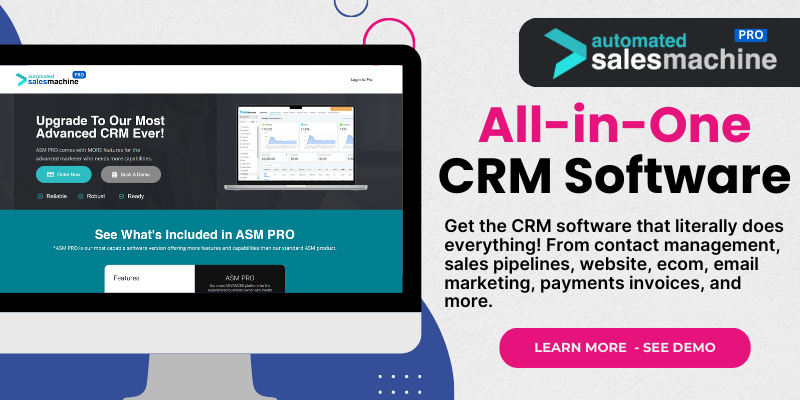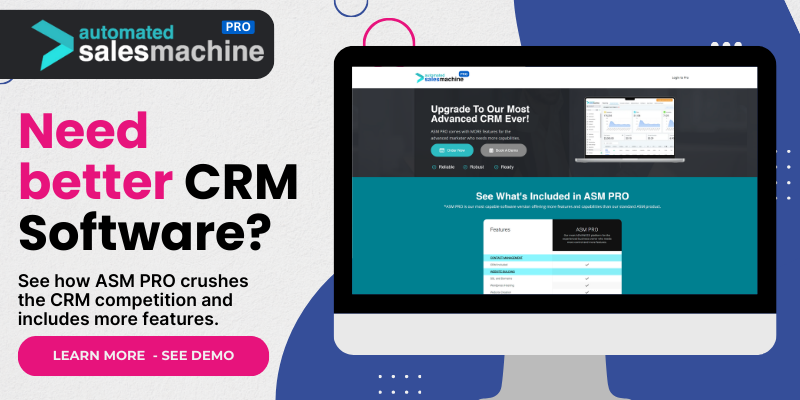Hey there! If you’ve ever thought about diving into the world of CRM software, you’re in for a real treat. Having been through the CRM implementation process multiple times, I’ve learned a ton about how to do this right. So, let’s break down the five steps involved in CRM software implementation. Buckle up!
1. Define Your Goals
Understanding Business Objectives
First off, figuring out what you want to achieve with your CRM is crucial. Every decision made down the line will hinge on these goals. For instance, a small business might want to enhance customer service, while a larger corporation could be interested in data analytics. It’s all about identifying what success looks like for you.
I remember sitting down with my team and listing out our objectives. The trick? Making sure they were specific and measurable. This way, as our implementation progressed, we had a clear path to track our success. And trust me, this clarity keeps everyone aligned and focused.
Lastly, involve everyone in these discussions — sales, marketing, customer support, you name it! Getting buy-in from all departments means you’ll develop goals that benefit the entire organization.
2. Choose the Right CRM Software
Researching Available Options
Alright, so now that you know your goals, it’s time to hit the books (or the web!). Not all CRM solutions are created equal. There’s a buffet of options out there — from simple to sophisticated. Doing some research on available options is essential before making a decision. I started with some reviews, demos, and of course, consulting peers who use CRM systems.
I always recommend making a shortlist of a few CRM systems that tick your boxes and then diving deeper into understanding their features. You want something that fits like a glove with your business processes. If the CRM doesn’t integrate smoothly into your workflow, it’s as good as useless!
Also don’t forget about scalability! You want a CRM that can grow with your business. Over time, the last thing you want to do is switch systems because you’ve outgrown your initial choice. Trust me, that transition can be a real headache!
3. Customize Your CRM
Setting Up Your System
Once you’ve chosen your CRM software, it’s time to get down to the nitty-gritty. Customizing your CRM according to your unique business needs makes it more user-friendly and effective. I discovered early on that spending time to adjust settings could save countless hours later on.
This includes setting up fields that relate specifically to your business model and making sure the user interface is intuitive. In my experience, I found involving my team in the customization process incredibly beneficial. Their insights can help improve usability for everyone!
Set up dashboards to ensure key metrics and insights are always visible. A well-configured CRM will help you make data-driven decisions and respond to customer needs promptly. Features that make sense for your team’s workflow are essential!
4. Train Your Team
Investing in Education
Nobody likes to feel lost, especially in the tech world. That’s why investing time in training your team is a game-changer. I’ve seen teams struggle because they weren’t familiar with how to use the new system effectively. An initial training session can ease this anxiety and set the tone for how the CRM is used going forward.
Consider creating ongoing training sessions or even having a ‘super-user’ designated within your team who can help others out. Regular check-ins to address any questions or concerns can also keep the momentum going. Trust me, it makes a huge difference!
Above all, encourage feedback from your team during and after training. It’s essential to know what works and what needs adjusting for a smoother experience. The goal here is to create CRM experts right in your team who feel empowered to maximize the system.
5. Measure and Optimize
Tracking Performance
Okay, you’ve got your system up and running. Now what? It’s time to measure performance. Using the goals defined in the first step, keep an eye on whether your new CRM is hitting the mark. I like to set KPIs (Key Performance Indicators) that can help gauge success.
Regularly reviewing these metrics not only keeps the team motivated but also allows for adjustments to be made. If something isn’t working, identify why and tweak your strategy accordingly. This is all about continuous improvement! CRM systems are not a ‘set it and forget it’ deal.
Lastly, don’t forget to celebrate the wins along the way! Recognizing improvements can really boost morale and keep everyone coming back to the table excited to optimize. It’s all about creating a culture that embraces change and growth.
Frequently Asked Questions
1. What is the importance of defining goals prior to CRM implementation?
Defining goals helps ensure that your CRM software aligns with your business objectives, offering clarity for the implementation process and guiding your team toward success.
2. How do I know which CRM software is the right one for my business?
Choosing the right CRM involves researching features, looking at reviews, and ensuring it integrates well with your existing processes while also being scalable for future growth.
3. What should I include in my CRM training sessions?
Your training sessions should cover the basics of navigating the system, specific tasks related to your role, and provide hands-on practice, along with Q&A sessions to tackle any confusion.
4. How often should I review the performance of my CRM?
It’s a good practice to review your CRM performance regularly, ideally monthly or quarterly, to ensure it continues to meet your business needs and aligns with your defined goals.
5. Can a CRM truly make a significant difference in my business?
Absolutely! A well-implemented CRM can streamline operations, enhance customer relationships, and ultimately boost sales and efficiency, creating a more productive business environment.

